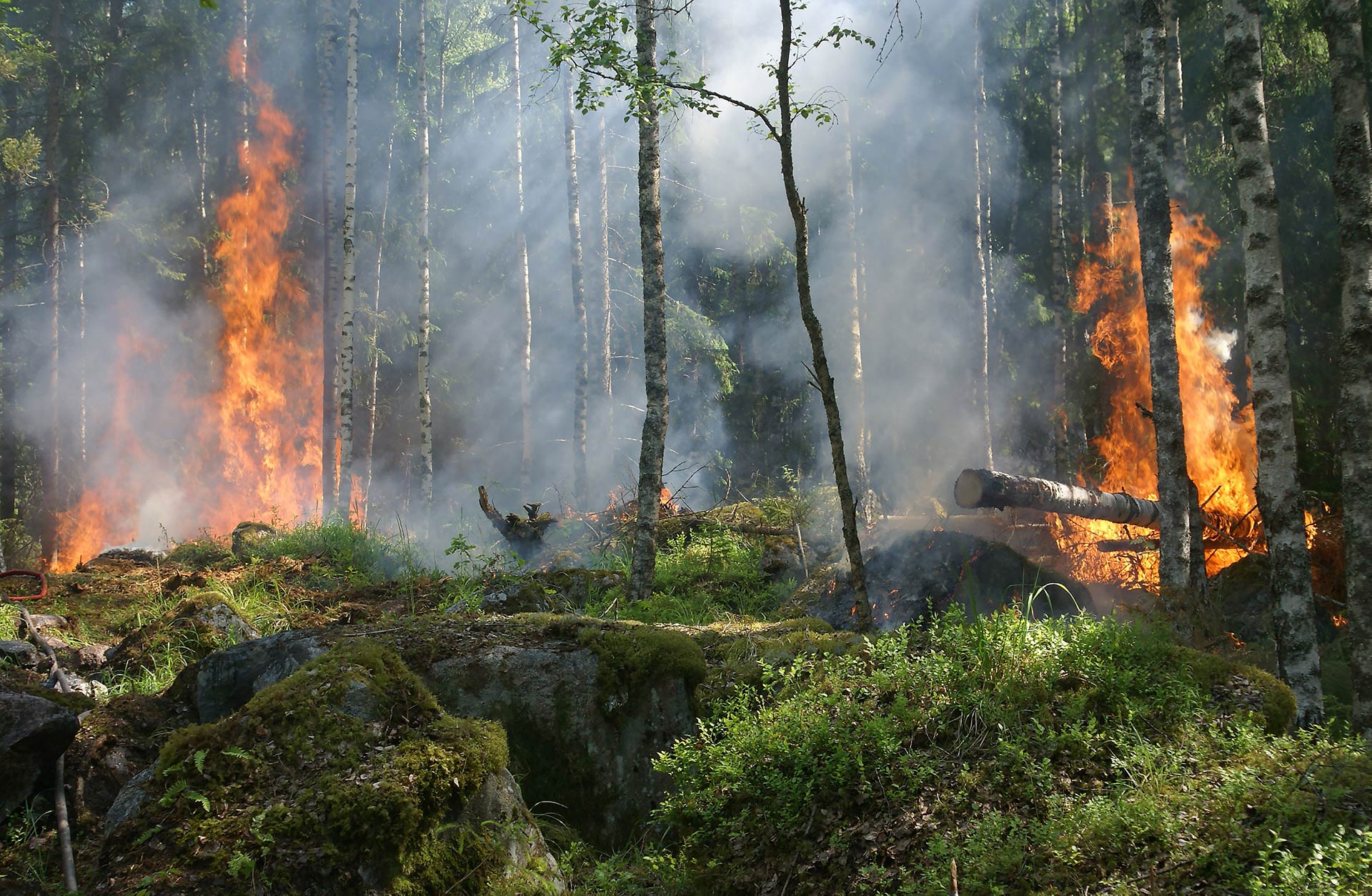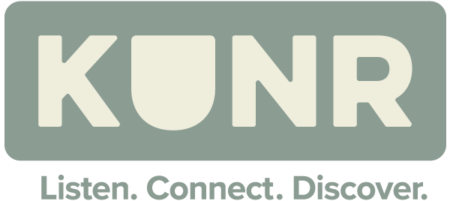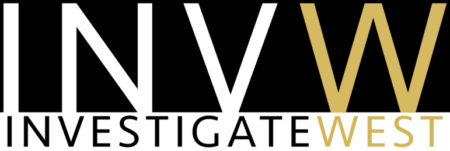Wildfires have gotten bigger, more expensive, and more damaging in recent decades. Better understanding of wildfire risk can help communities prioritize prevention and mitigation measures to reach the most vulnerable people. A new report from Headwaters Economics provides community-level data about wildfire hazard and potentially vulnerable populations. The report is part of our Economic Profile System, a free, easy-to-use tool that builds customized reports from public data.
Subscribe to our newsletter!
Customized Data for Every Community
The new report is available for every community, county, and state in the United States. The report includes information about:
Wildfire risk and exposure. This section provides information about wildfire risk to homes, wildfire likelihood, and wildfire exposure type. It notes whether a community is directly exposed to wildfire from nearby flammable vegetation or indirectly exposed from embers. This section explains the nature and scale of the physical hazards from wildfire, and can help leaders identify the most effective mitigation strategies. Data in this section are from Wildfire Risk to Communities, a project of the USDA Forest Service created in partnership with Rocky Mountain Research Station’s Missoula Fire Sciences Laboratory, Pyrologix, and Headwaters Economics.
Wildfire susceptibility. This section provides information about the social, economic, and demographic characteristics that may make it more difficult for people to prepare for and recover from a wildfire. The report includes information about:
- The rate of population change, which can be an indicator of economic health and potential home development on fire-prone lands.
- Potentially vulnerable populations, such as those living in poverty, households without a car, and people who are elderly, disabled, or have language barriers. These populations are more likely to be disproportionately affected by wildfire disasters because they may lack resources, experience cultural and institutional barriers, have limited mobility, and/or have compromised physical health.
- Housing characteristics, such as the age of housing stock and the share of housing units that are rentals, seasonal homes, and recreational homes. This can help community leaders identify areas where older housing may need to be retrofitted for wildfire-resistance and tailor outreach efforts to reach nonresident landowners.
Data in this section are from the U.S. Census Bureau’s American Community Survey.
Land ownership. This section provides information about the share of land privately owned or managed by local, state, and federal government agencies. This information can help community leaders understand potential partners in wildfire mitigation. Land ownership data are available at the county and state level only and are from the U.S. Geological Survey’s Protected Areas Database of the U.S.


Community Planning Assistance for Wildfire
Community Planning Assistance for Wildfire (CPAW) works with communities to reduce wildfire risk through improved land use planning. The program is a program of Headwaters Economics, in partnership with the USDA Forest Service.
Helping Community Leaders Reduce Risk
The information in the new report can help community leaders better understand the components of wildfire risk and improve strategies to reach the most vulnerable people. The report can support elected officials, land use planners, fire personnel, community health organizations, disaster response organizations, and others to:
- Prioritize and direct resources to the people and places most at-risk. The report can help leaders understand where socioeconomic vulnerabilities may make it more difficult to prepare for, respond to, or recover from wildfire. For example, communities with wildfire hazard and a higher proportion of people who are elderly or impoverished may require mitigation aid to reduce risk.
- Customize and target education and outreach efforts. For example, additional efforts may be needed where people have language barriers or where more homeowners are seasonal residents.
- Tailor wildfire response and operational plans. For example, different evacuation, emergency housing, and recovery plans may be needed for portions of a community with a higher share of people who are disabled or elderly, or where there are many households without access to vehicles.
Like all reports in our Economic Profile System, the Wildfire Risk report is available for download as a print-ready PDF or Excel workbook. Data are continuously updated.
The Wildfire Risk Report can be found in our Economic Profile System under “Natural Hazards.”
This post was updated March 2, 2021 to provide more detailed information about data sources.




